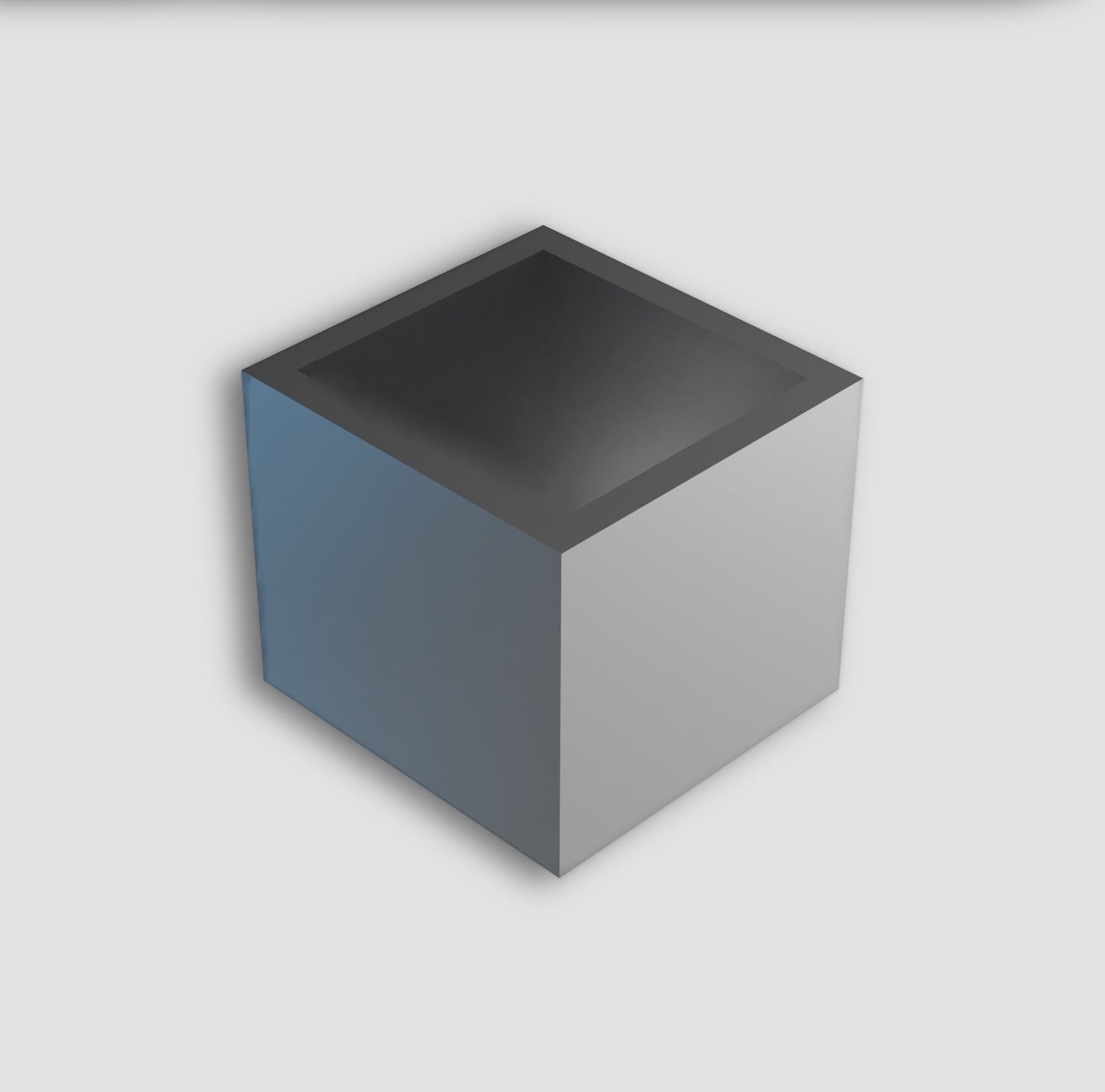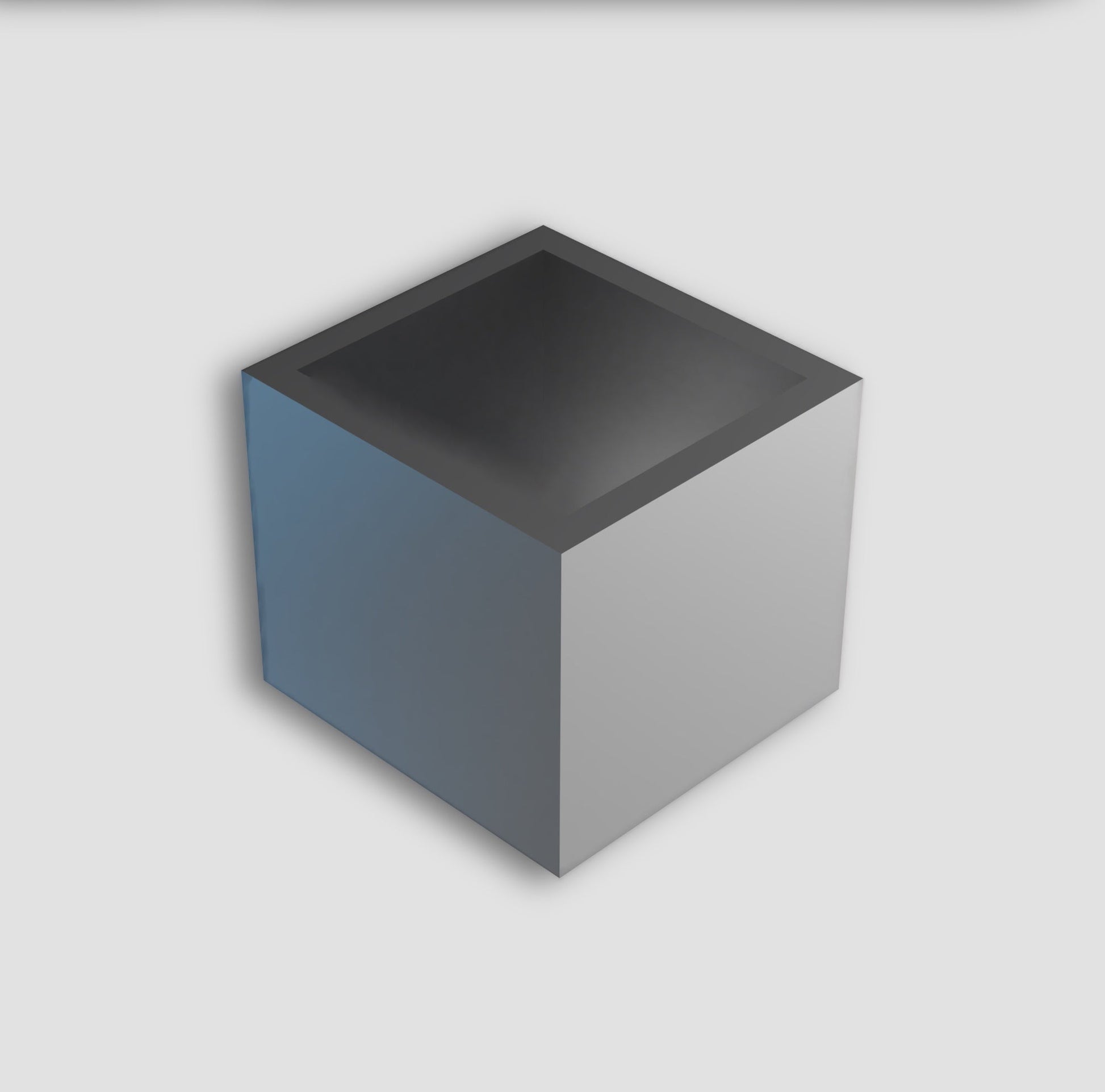Wras Valves
Valve Actuator Square Drive Shaft Adaptors (10 Pieces)
Valve Actuator Square Drive Shaft Adaptors (10 Pieces)
Couldn't load pickup availability
Our Valve Actuator Square Drive Shaft Adaptors are designed to provide a secure and precise fit between actuators and valve drive shafts of differing dimensions. Engineered for durability and compatibility, these adaptors allow for a seamless connection between square shafts without the need for costly custom machining or replacements.
Key Features:
Multiple sizes available to suit various actuator and valve combinations
Heavy-duty construction ensures long-lasting performance
Machined for accurate alignment and torque transmission
Ideal for retrofitting or adapting mismatched actuator/valve setups
Quick and easy installation, reducing downtime and hassle
Whether you're upgrading equipment, working with legacy components, or managing spare parts, these shaft adaptors provide the flexibility and strength needed for a reliable connection.
Perfect for use across various industries, including water treatment, HVAC, food processing, and manufacturing.
Share

FAQ's
What is the difference between a valve and an actuator?
What types of actuators are available?
The main types of actuators are:
Pneumatic actuators – use compressed air for fast, reliable operation.
Electric actuators – use electrical power for precise control.
Hydraulic actuators – use fluid pressure for high-torque applications.
Each type offers unique advantages depending on the environment, media, and system control needs.
How do I choose the right actuator for my valve?
To select the correct actuator, consider:
Valve type and torque requirement
Power source available (air, electric, or hydraulic)
Operating environment (temperature, humidity, hazardous area)
Control signal type (on/off or modulating)
Matching actuator torque and compatibility with the valve’s ISO mounting ensures reliable performance.
What are the main types of valves used in automation?
The most common valves in automated systems include:
Ball valves – for tight shutoff and quick operation.
Butterfly valves – for larger flow control with compact design.
Globe valves – for precise throttling and flow regulation.
Check valves – to prevent backflow.
Gate valves – for full bore flow isolation.
What’s the difference between a double-acting and spring-return actuator?
Double-acting actuators use air (or power) to both open and close the valve.
Spring-return actuators use air to open (or close) the valve, and a built-in spring to automatically return it to a safe position when power or air is lost — ideal for fail-safe operation.
How often should valves and actuators be serviced?
Regular maintenance intervals depend on operating conditions, but a good rule of thumb is to inspect every 6–12 months.
This includes checking for leaks, lubrication, seal wear, and actuator responsiveness to prevent unexpected downtime.

